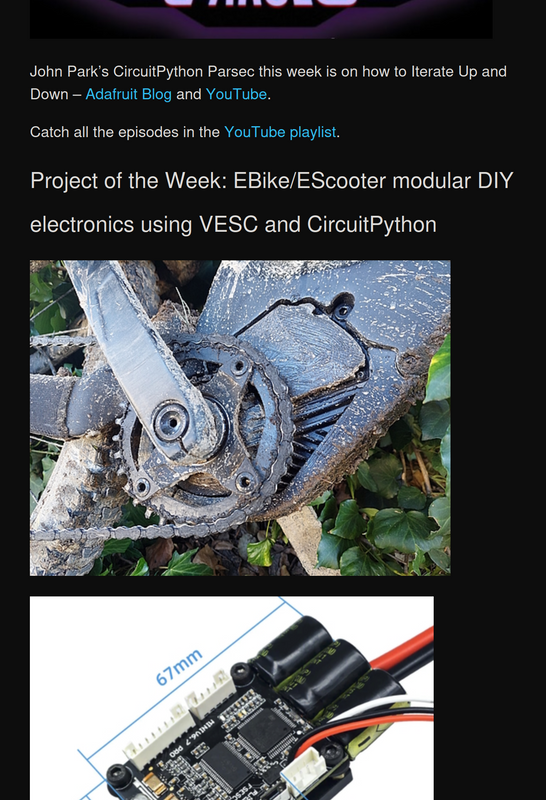Matze_Senpai
100 W
- Joined
- Apr 16, 2022
- Messages
- 151
has anyone tried this 1t2 cable before?
https://cycles.eco/collections/tsdz2-accessories-parts/products/1t2-cable-w-8-pin-male-for-use-with-tsdz2-w-8-pin-female-and-all-bafang-bbs-motors?variant=31596433997906
currently im running emebrusa firmware, i want to go from vlcd5 to vlcd6 but also keep the throttle function
would this work ?
https://cycles.eco/collections/tsdz2-accessories-parts/products/1t2-cable-w-8-pin-male-for-use-with-tsdz2-w-8-pin-female-and-all-bafang-bbs-motors?variant=31596433997906
currently im running emebrusa firmware, i want to go from vlcd5 to vlcd6 but also keep the throttle function
would this work ?




